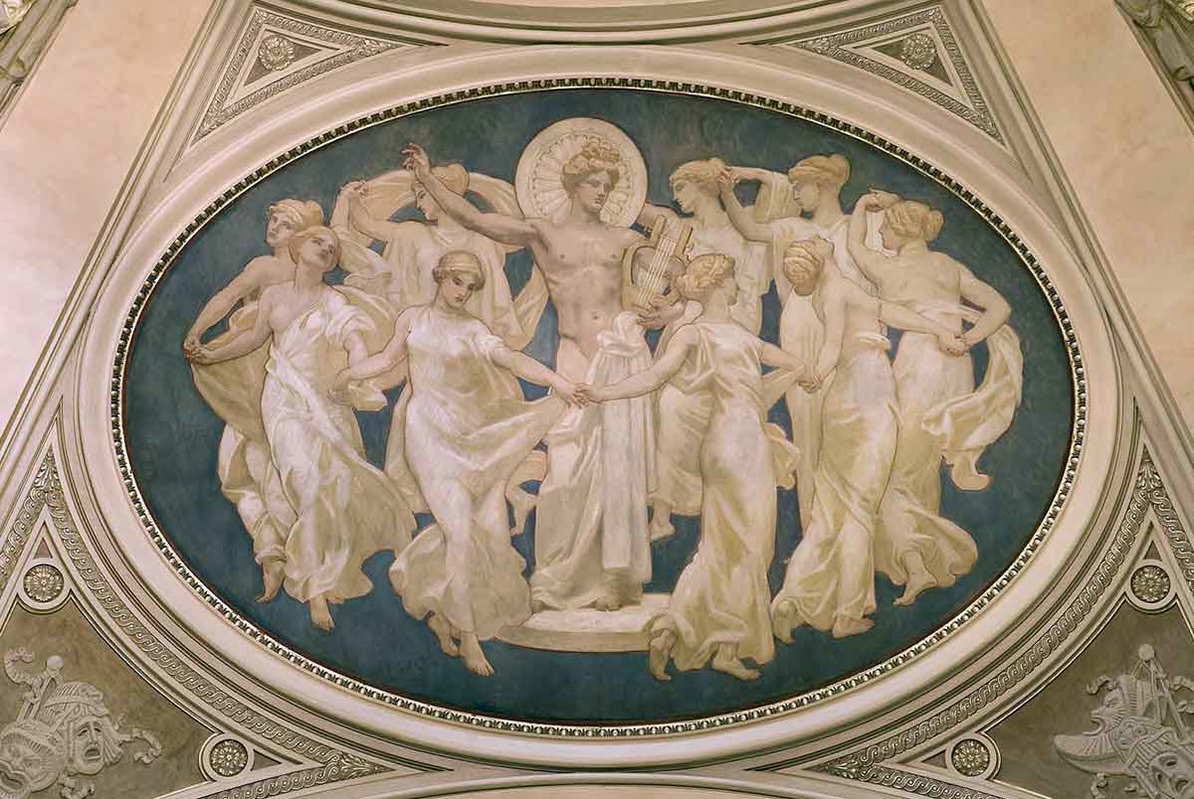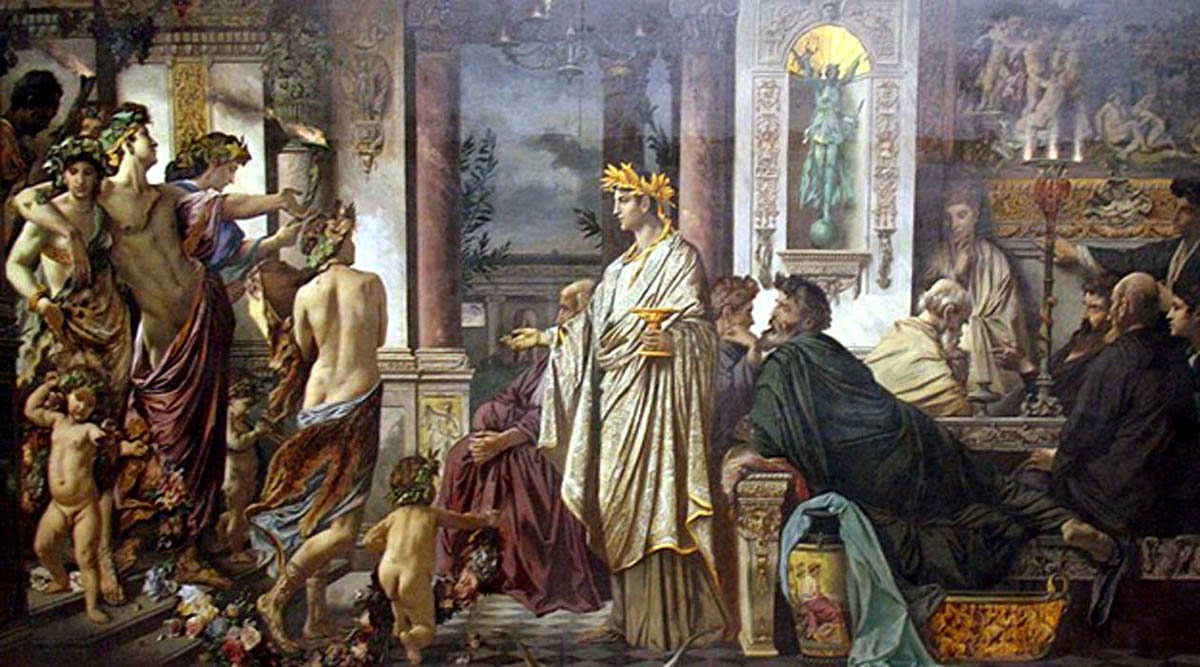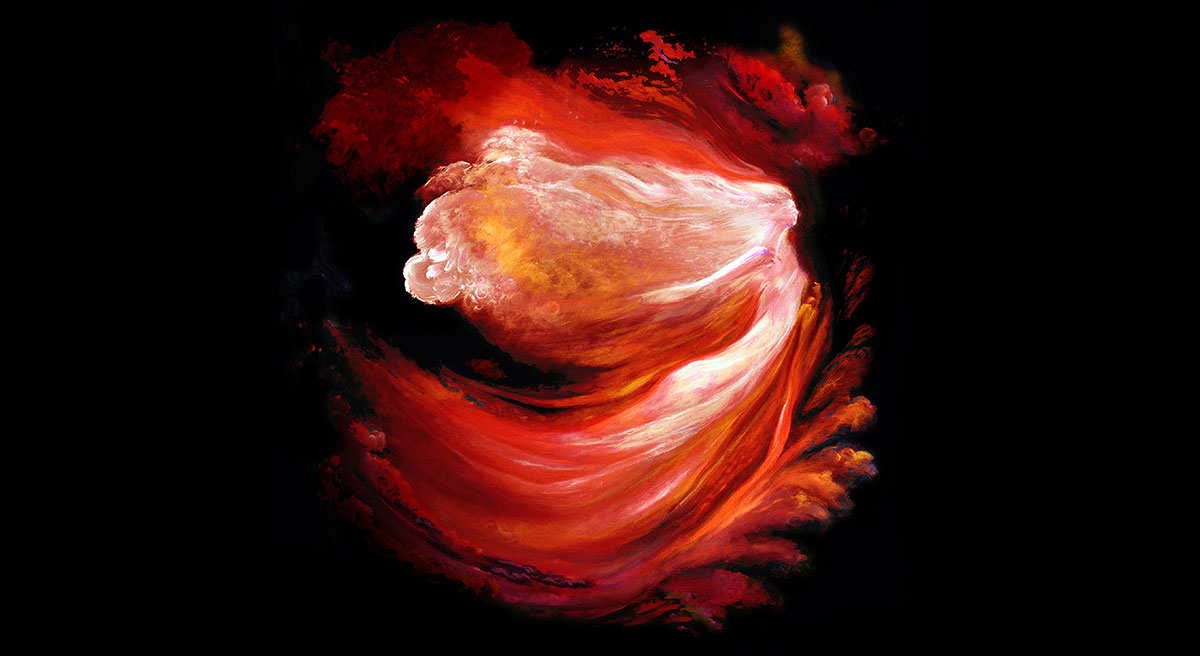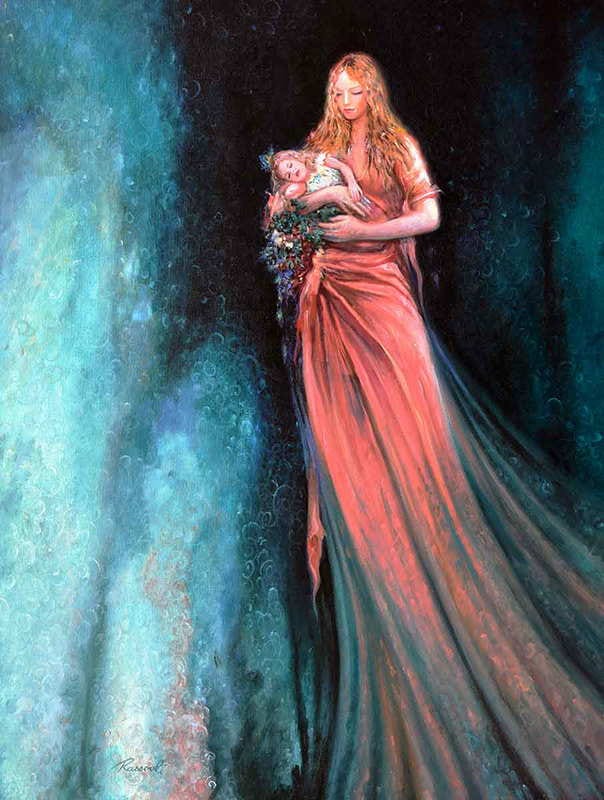Where Does Inspiration Come From?
Inspiration is a fire that sets our souls aflame, but what ignites it remains a mystery.
Inspiration: A Mysterious Force
Prophets saw inspiration as a connection to God. Artists called it the source of their creativity. People from all backgrounds longed to feel its spark in their lives. Most of us have had moments of sudden insight that left us breathless but also confused about where they came from. Like a wildfire, inspiration defies our efforts to define or control it. It refuses to be pinned down, staying just out of reach, mysterious and fascinating. Still, many have tried to understand where it comes from.
Daughters of Zeus: The Goddesses of Inspiration
One of the oldest ideas about inspiration comes from ancient Greek mythology. The Greeks believed in Muses, goddesses who inspired creativity. The word mousa comes from the root men, meaning “to have in mind.” This is also where the English words “mind” and “mental” come from, highlighting the Muse’s role in inspiring thought and knowledge. According to the poet Hesiod, the Muses were the daughters of Zeus and Mnemosyne, the goddess of memory.
There are usually said to be nine Muses, though different stories vary. They were often seen as water nymphs linked to sacred springs. The Greeks built temples for them, where people would offer prayers and ask for inspiration.
Socrates and Divine Madness
In Plato’s dialogue Phaedrus, Socrates described inspiration as a kind of Divine Madness, Theia Mania. He said true poetry does not come from skill alone but from a kind of madness sent by the Muses. As Socrates put it:
"Anyone who approaches poetry without the madness of the Muses and thinks technique alone is enough is doomed to fail. Their work will fade next to the creations of those touched by divine madness."
Here, Socrates makes a clear distinction: art driven by skill alone is just craftsmanship, but art driven by inspiration is timeless and powerful.
In another dialogue, Ion, Socrates compares inspired artists with philosophers. He praises philosophers as men of knowledge, suggesting they have deeper wisdom. While inspired people may reach the same conclusions as philosophers, Socrates argues they cannot explain how or why, they just feel it.
This is because inspiration takes over the senses and rational mind. Still, in Phaedrus, Socrates also says the wisest person is a follower of the Muses and a lover, meaning a lover of knowledge. Philosopher Robert Carter interpreted this to mean that the ideal wise person is both artist and philosopher.
Theia Mania and the Creative Impulse
Today, we might struggle to believe that inspiration comes from goddesses. But Plato’s idea is not so far from modern psychology. Carl Jung, the founder of analytical psychology, described the creative impulse in a way that echoes Plato’s divine madness. He wrote that creativity is “a kind of innate drive that seizes a human being and makes him its instrument.”
When this force takes over, Jung said, “life is ruled and shaped by the unconscious, not the conscious will.” The artist is no longer in control but becomes a vessel through which creativity flows.
In Jung’s view, the artist gives up their personal identity to serve something larger, the collective unconscious. They are “a vehicle and molder of the psychic life of mankind,” as he put it. The creative drive possesses them with “the gift of creative fire.”
Art, then, is not just personal expression. It is a manifestation of a deeper, shared human experience, a voice of the collective psyche driven by the Self, the deeper core of who we are.
Carl Jung and the Feminine Nature of Creativity
According to Jung, inspiration does not come from our individual lives but from the deep, shared unconscious of humanity. This explains why some artworks feel timeless and speak to people across cultures and generations. The creative impulse connects to something universal.
Interestingly, Jung also believed creativity has a feminine quality. This may help explain why the Greeks pictured inspiration as goddesses. The feminine represents the symbolic womb where ideas are conceived. The artist becomes a vessel that gives birth to whatever form creativity takes. In this sense, creating art becomes a sacred act, a form of devotion to the Self, the source of inspiration.
Must share your thoughts in comments.
Thanks for reading. Please do support the Human Philosophy by buy me a coffee.
Read more about Human Psychology and thank me later.
10 Mind-Blowing Facts About Social Psychology You Need to Know
10 Surprising Ways Stress Affects Your Mind and Body—and How to Fight Back!
The Dark Side of Success: How Ambition Can Lead to Moral Compromise
The Narcissistic Mask: How Charisma Can Hide a Dark Personality
The Power of Habits: How to Build Positive Routines and Break Bad Ones
The Psychology of Envy: How Jealousy Shapes Our Thoughts and Actions









In spire -- to breathe -- I believe -- it comes -- from connection -- with Self, with Others. When echo, reflection and the desire to respond find their way into our "gifts" of communing, communication. For me, it's not random or mysterious...but it's not always controllable. For me ,it does have to do with spirit -- it's in the language.
The Muse, of course. Who, if you're a Christian, is the same as the Holy Ghost. Milton thought so too. As did Blake.